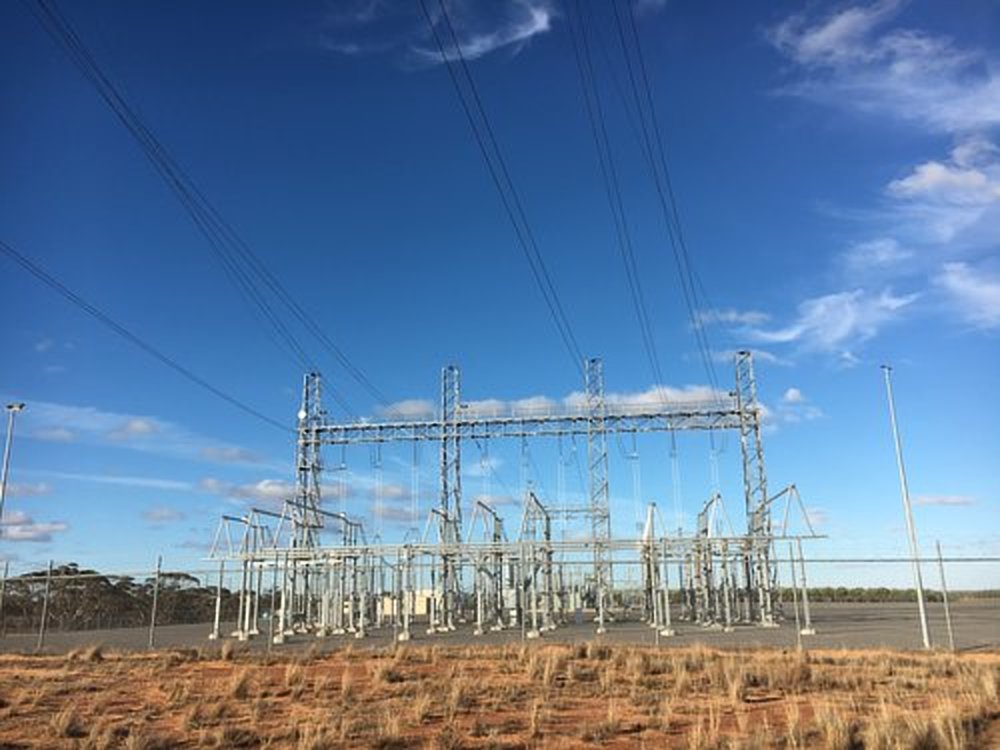The Australian Energy Market Commission (AEMC) is seeking public submissions on the proposed rule change request to the transmission loss factor framework. Coupled with grid bottlenecks and extra firming required by regulators, worsening Marginal Loss Factors (MLFs) have added to mounting pressures for large scale PV project developers in 2019.
The Marginal Loss Factor (MLF) is of vital importance for project economics as it represents the loss of electricity as it flows through the transmission network from a power plant to load and determines how much of the output is credited for payments.
Driven by new technology and a changing generation mix, the National Electricity Market (NEM) has been undergoing a transformation, which has led to large year-on-year changes in MLFs. For a number of utility-scale projects, the MLFs have translated into an unexpected dent in revenues.
Since they are adjusted throughout the lifetime of a project, MLFs’ effect on the project revenues is impossible to predict. Such uncertainty has led to calls for the mechanism to be re-examined.
Requests
The rule change to MLFs considered by the AEMC was proposed by Adani Renewables. The company has two solar projects in its Australian portfolio, but has pledged to develop 1.5 GW of PV capacity across the country. Thus far, Adani has developed the 65 MW Rugby Run Solar Farm in Queensland, which was switched on last week following months of grid connection delays. It has also received planning permission for a 140 MW solar farm of to be located just outside Whyalla.
Adani has proposed the allocation of intra-regional settlement residues (IRSRs) to be changed to that it applies equally between generators and networks users. Noting that generators currently do not receive any allocation of IRSRs that accrue due to MLF inaccuracies, Adani said IRSRs are returned only to one segment of market customers. “A rule change to use average loss factors rather than MLFs, equally applied to generators and customers will provide savings to the entire market,” it said in its proposal.
The developer has also sought the marginal loss factor calculation methodology to be changed to an average loss factor methodology, which would result in equal distribution of losses instead of having only certain projects heavily hit. “The inaccuracy in forecasting MLF for the following year/s results in generators assuming an artificially increased bid price as a result of an incorrect MLF. Hence generators are subject to an increased risk of not being dispatched, resulting in an increased cost of generation to all market customers,” it said.
The AEMC is now seeking to gather stakeholder views on the two requests due by July 18. It is also holding a workshop on the operation of the transmission loss factor framework in Brisbane on July 4. “The AEMC has consolidated these two rule change requests to enable consideration of broader issues around how the transmission loss factor framework can continue to send the most appropriate signals to investors in the face of power system restructuring,” the network rule maker said.
Related projects
On top of this, the AEMC is also consulting on ways to enhance publicly available information about new generation projects to help give investors more certainty. The transparency rule would allow developers to register with AEMO to get access to key technical information such as network modelling data, which may help address some current stakeholder concerns with the transmission loss factor framework.
Finally, the AEMC is consulting on a holistic solution for the coordination of generation and transmission investment. This is part of the AEMC’s broader package of changes to the regulatory framework to support new investment in transmission networks in line with the Australian Energy Market Operator’s Integrated System Plan. “This review is looking at how to deliver the right amount of new transmission infrastructure in the right place at the right time, to meet future needs,” the network rule maker says.
This content is protected by copyright and may not be reused. If you want to cooperate with us and would like to reuse some of our content, please contact: editors@pv-magazine.com.









1 comment
By submitting this form you agree to pv magazine using your data for the purposes of publishing your comment.
Your personal data will only be disclosed or otherwise transmitted to third parties for the purposes of spam filtering or if this is necessary for technical maintenance of the website. Any other transfer to third parties will not take place unless this is justified on the basis of applicable data protection regulations or if pv magazine is legally obliged to do so.
You may revoke this consent at any time with effect for the future, in which case your personal data will be deleted immediately. Otherwise, your data will be deleted if pv magazine has processed your request or the purpose of data storage is fulfilled.
Further information on data privacy can be found in our Data Protection Policy.